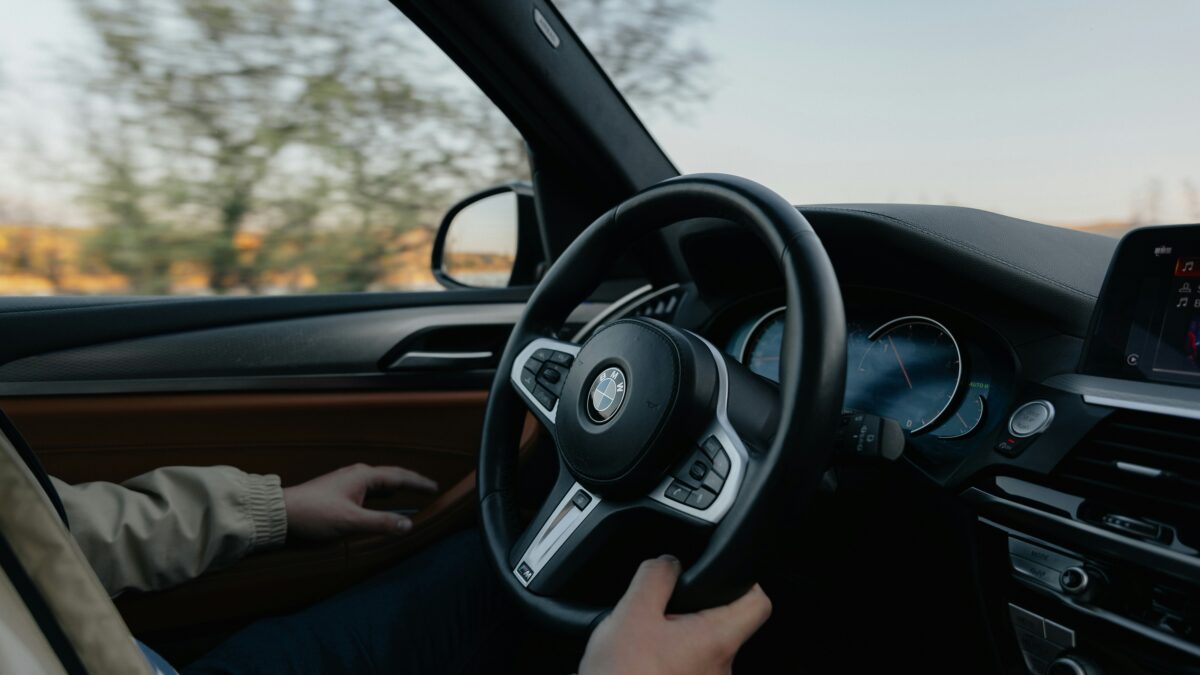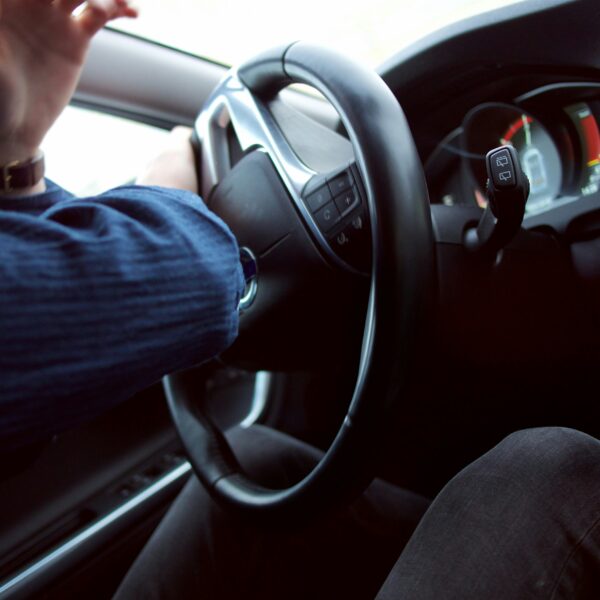Deciphering What Your Check Engine Light Means
When that little yellow or orange light comes on your dash, you may feel the worry creep in. How serious is it? Will I make it home? A check engine light can be quite concerning, especially if you don’t understand what it means.
What is the Check Engine Light?
The check engine light may say “check engine” or it may have another design, such as “service engine soon,” “check powertrain,” or be just a picture of an engine. Regardless of how it’s designed, this light is part of the computerized system of your vehicle.
Computers have been around in cars since the 1980s, but they have gotten more advanced as the systems continue to develop. They monitor fuel mixture, engine speed, the timing of the ignition, vehicle performance, and even the automatic transmission.
When there’s a problem with your vehicle’s computer system, the check engine light comes on and stays lit. At the same time, a code is stored in the computer, which identifies the issue the light is reporting on. A special diagnostic computer can read the code or a handheld scanning device, which is what many auto parts stores use that offer a free service to read the code for customers.
While you may not be able to read the code on your own unless you have the tools, you can get an idea of how serious the issue is by the light itself. A steady yellow or orange light means you need to get the vehicle serviced but it’s not an emergency. If the light is blinking or it is red, it usually means you should stop driving as soon as possible and have the vehicle looked at. The issue is more severe and could damage your engine.
Possible Issues from a Check Engine Light
Here is a list of reasons why your check engine light could stay lit.
- Oxygen sensor – One of the most common reasons for a check engine light, the oxygen sensor measures the amount of unburned oxygen that is in the fuel system of your vehicle. If it isn’t repaired, it could result in damage to the catalytic converter.
- Gas cap – If the gas cap isn’t closed tightly, is damaged or missing, the fuel system isn’t sealed and fuel can evaporate.
- Catalytic converter – This component turns carbon monoxide into carbon dioxide and if it doesn’t work correctly, it can lead to poor performance and efficiency.
- Mass airflow sensor – This sensor monitors how much air is going into the engine, and when it fails, it can lead to damage to the oxygen sensor and catalytic converter.
- Spark plugs – Spark plugs and wires that fail lead to poor performance and can damage other components.
Should You Drive Your Car with the Check Engine Light On?
Before you panic when you see the light come on, you should assess the situation. Notice if any other lights come on or if you see a change in gauges, such as RPMs. Also, pay attention to the vehicle’s performance. If it’s acting sluggish or running rough, reduce your speed. Granted that takes care of the problem, you can probably drive to the repair shop or home. If it continues to run rough, you should stop immediately and call for help.
If the vehicle is running normally even after the light comes on, you can probably continue to drive it as normal. However, don’t ignore the fact that a problem does exist. You’ll need to make an appointment to get the issue diagnosed. In some cases, the light may go off for a while and come back on. Don’t assume that the light going off means the problem is resolved. A service technician should still check your vehicle over to determine if any repairs are needed.
The bottom line with the check engine light is that it is designed to warn you of potential problems. And essentially save you money by preventing more extensive damage. Don’t ignore it, but don’t panic either.















